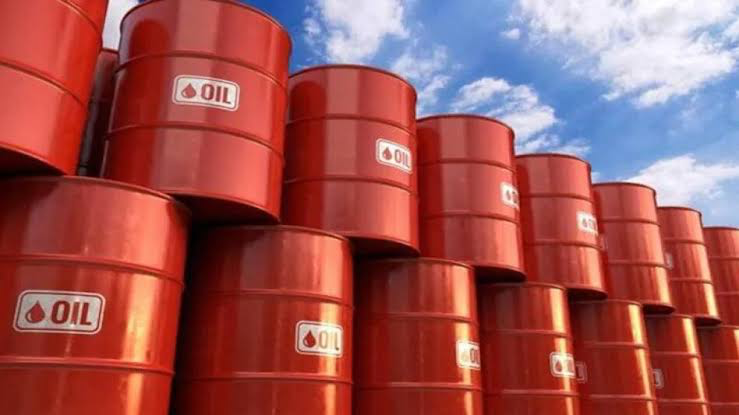The Organization of the Petroleum Exporting Countries and its allies, known as OPEC+, are set to meet this weekend to discuss the possibility of further reducing oil production amid a global slump in demand and prices. The group, which includes Russia, Saudi Arabia, and other major oil producers, has already agreed to cut output by 9.7 million barrels per day (bpd) until the end of the year, but some analysts believe that is not enough to balance the market.
Oil prices have been volatile this quarter, initially plunging to record lows in April due to the coronavirus pandemic and a price war between Saudi Arabia and Russia. Prices recovered somewhat in May and June as lockdown measures eased and demand picked up but have since fallen again as the virus resurges in many countries and threatens to derail the economic recovery. Brent crude, the global benchmark, traded below $82 a barrel on Tuesday, down from over $86 a barrel in early October. Some OPEC+ members, such as Iraq and Nigeria, have also struggled to comply with their agreed quotas, adding to the oversupply. Meanwhile, non-OPEC producers, such as the US and Norway, have ramped up their output, offsetting the impact of the OPEC+ cuts. According to the International Energy Agency, global oil supply rose by 1.4 million bpd in October, while demand fell by 0.8 million bpd.
In a bid to reverse the downward trend, some OPEC+ members, such as Saudi Arabia and the United Arab Emirates, have signaled their willingness to deepen the cuts or extend them beyond December. Saudi Arabia, the de facto leader of OPEC, has also maintained its voluntary cut of 1 million bpd since July, bringing its total reduction to 3.8 million bpd. However, other members, such as Russia and Iraq, have expressed reluctance to make further sacrifices, citing the need to support their economies. The outcome of the OPEC+ meeting, which will take place on Sunday via video conference, is hard to predict, as the group has often surprised the market with its decisions. RBC Capital Markets analysts said in a note that they see some scope for the group to do a deeper reduction but added that “it is hard to make binding calls on policy action given the leadership’s fondness for unpredictable outcomes.”
The meeting comes amid heightened geopolitical tensions in the Middle East, where a war between Israel and Hamas has raged on since October 7, when the militant group launched a surprise attack on Israel. The conflict has killed more than 2,000 people, mostly Palestinians, and displaced hundreds of thousands more. Qatar, a key mediator in the region, has said that negotiations to free hostages seized by Hamas are at a “critical and final stage” and that a truce agreement could be announced as soon as Tuesday. The war has also raised concerns about the security of oil infrastructure and supply routes in the region, which accounts for about a third of the world’s oil production. However, so far, there has been no major disruption to oil exports or facilities, as both sides have avoided targeting them. The US, a major ally of Israel, has also increased its military presence in the region to deter any potential attacks.
The oil market is closely watching the developments in the Middle East, as well as the OPEC+ meeting, for any signs of a change in the supply-demand balance. While the current situation is challenging for oil producers and consumers alike, there is hope that a peaceful resolution of the conflict and a coordinated action by the OPEC+ group could help stabilize the market and support the global recovery.
Source: [Energy Connect]



